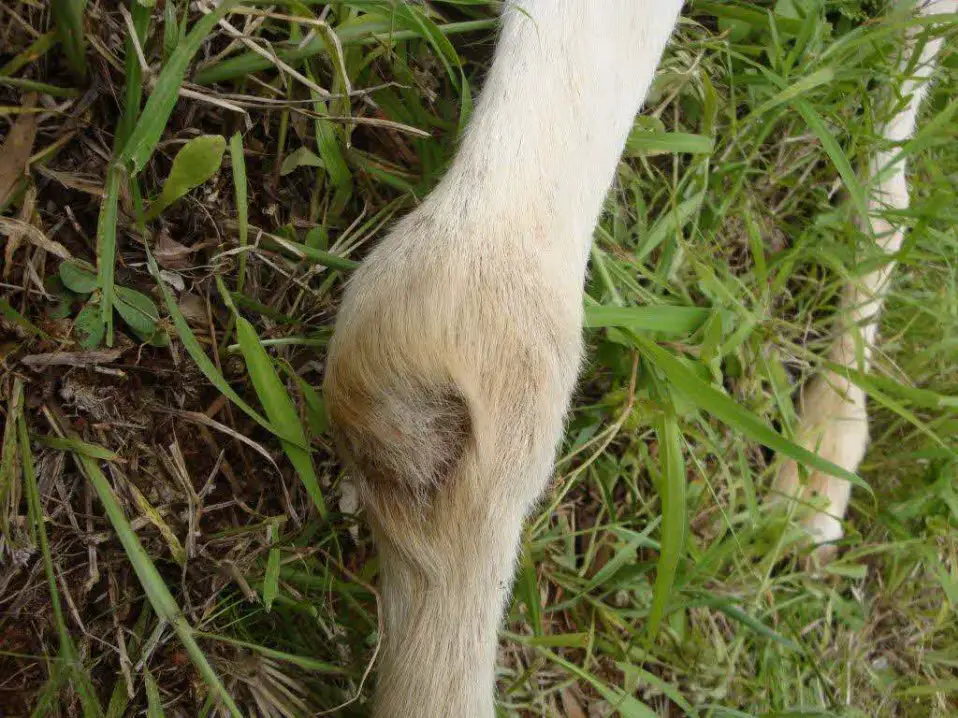

Abortions, stillbirths and reproductive failures cause financial losses in herds.

Severe disease may occur in neonatal kids characterized by pyrexia, conjunctivitis, oculonasal discharge, dyspnea, ulcerative and necrotic lesions throughout the enteric tract and high morbidity and mortality. Abortions can be induced by the infection of pregnant goats at 3–4 months of gestation. Although CpHV-1 infection is usually subclinical in adult goats, it can be responsible for different disorders including respiratory diseases, fever and leukopenia, vulvovaginitis and balanoposthitis, and neonatal mortality. In natural infection, like most herpesviruses, it can reactivate in animals showing decreased immune status, generally as the result of stress (oestrus, transport, etc.). Like BoHV-1, CpHV-1 infects animals through the genital or the respiratory mucosa and establishes latent infection in sacral or trigeminal ganglia depending on the route of infection and the following spread through the body. CpHV-1 is closely related to bovine herpesvirus 1 (BoHV-1), responsible for infectious bovine rhinotracheitis (IBR). The data reported herein demonstrate that CpHV-1 circulates in mainland France, which should henceforth be taken into consideration in cases of unexplained abortion in goats.Ĭaprine herpesvirus 1 (CpHV-1) belongs to the subfamily of alphaherpesviruses, which contains seven genetically-related viruses. In addition, the first French CpHV-1 strain was isolated from nasal swabs taken on an infected goat. Results analysis also shows that the seroprevalence was higher when the herd size increased. This result suggests frequent virus re-excretion and circulation in herds. Moreover, in the Alpes-Maritimes district, the seroprevalence seemed to be higher in older goats (79.45% of animals 6 years old or more) than in younger animals (40.99% of one-year-olds). The analysis found cases of alphaherpesviruses infection in each district studied, with different levels of seroprevalence observed within each district (ranging from 0.2% to 31.56% at an individual level and from 9% to 46.2% for herd seroprevalence). Results demonstrate, for the first time, CpHV-1 infection in goat herds on the French mainland. To confirm the presence of specific CpHV-1 antibodies, some of the samples were tested in neutralization assay. The serosurvey was carried out in 9564 goats (275 herds) using bovine herpesvirus 1 (BoHV-1) glycoprotein B and E ELISAs. Two more central areas were also included in the study. The purpose of this study was to investigate the epidemiological situation of the caprine herpesvirus 1 (CpHV-1) infection in nine districts in mainland France, mostly in the south, near Italy or Spain, where high seroprevalence has been observed.


 0 kommentar(er)
0 kommentar(er)
